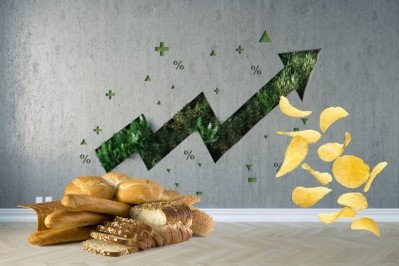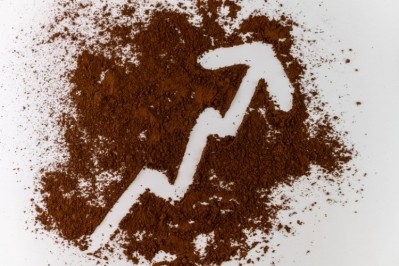Just how ready is the cocoa sector for EUDR?

The Retailer Cocoa Collaboration (RCC) – a coalition of 11 of the leading retailers in the UK and EU, including Tesco, Sainsbury’s, Carrefour and Lidl – has published it latest trader assessment, which has revealed a positive shift towards the traceability of supplies.
The bittersweet report, however, also revealed the disappointing progress in tackling poverty and child labor within the sector.
The report is based on a questionnaire sent to nine global cocoa traders in the RCC Member supply chain to assess their performance in 2023 against a range of social and environmental metrics. Only seven responded, however, the two non-responders were assessed based on publicly available information and data supplied in previous years.
The assessment revealed the forthcoming EUDR - set to be enforced in December 2024 - is already driving progress in making direct supply chains traceable, with the average portion of trader’s direct supply of cocoa traceable to farm jumping from 52% in 2022 to 71% in 2023.
“This is welcome news,” said Holly Cooper, lead author and senior consultant for sustainable advisors 3Keel, which was commissioned to compile the report.
“However, it’s a different story when it comes to cocoa from indirect sources.”
A key takeaway is that indirect supply chains remain risk hotspots for environmental and human rights issues. Nearly all of the traders’ commitments cover just the direct portion of their supply chain, leaving risks of unchecked human rights abuses and deforestation in a significant proportion of supply chains.
Direct supply involves the trader buying directly from a cocoa farmer. Indirect supply, on the other hand, uses various intermediaries.
In 2022, the average proportion of a trader’s indirect supply of cocoa traceable to farm was just 9%, increasing to 22% in 2023.
“Traders source as much as 97% of their cocoa indirectly, so this means that overall, the sector is not yet ready for the EUDR,” said Cooper.
“More fundamentally, this lack of traceability means the sector has significant blind spots in its ability to understand and address sustainability risks in the cocoa supply chain.”
Watch out for our upcoming interview with Julie Robey, Cargill’s customer sustainability leader, who shared why transparency matters and explained how brands can leverage transparent supply chains in product messaging and storytelling during a presentation at Sweets & Snacks Expo.
This could have a knock-on effect on the bakery and snacks sectors, both major users of chocolate. Cocoa prices have reached unprecedented highs in the past few months, driven by poor harvests in key producing regions like Western Africa, where most the world’s cocoa is grown. The limited progress identified in the RCC report could put the sector at further risk.
“With global supply tight and prices exceptionally high, there is real risk that progress on addressing environmental and social issues could be stalled or even reversed in the scramble for high-quality supply,” said Cooper.
“The lack of policies and commitments covering indirect supply make these particularly high-risk.”
Breaking it down
While most traders now have a zero deforestation commitment and policies in place, these are nearly always limited in scope by geography and exclude land conversion.
Despite being a focus for action in cocoa supply chains for many years, there is a distinct lag when it comes to paying farmers a living wage and eradicating child labor.
Only five traders reported data on the use of Child Labour Monitoring and Remediation Systems (CLMRS), a key tool for traders to tackle child labor.
None of the traders reported CLMRS use within indirect supply chains, highlighting a very significant risk of child labor occurring.
Two traders reported that just over half their direct supply farmers receive a living income. Three reported that 10% or fewer did so.
Only one trader reported that 51% of farmers in their indirect supply chain received a livingly income.

















